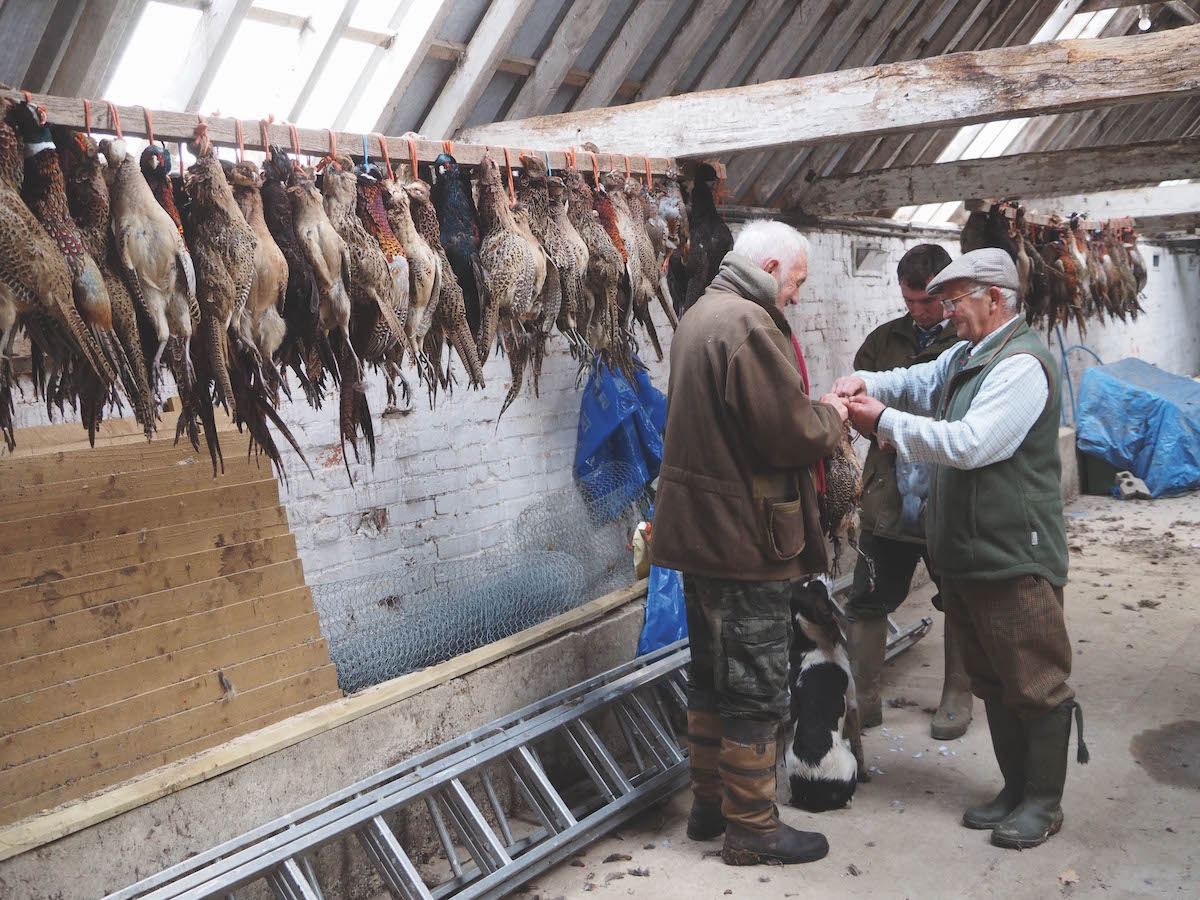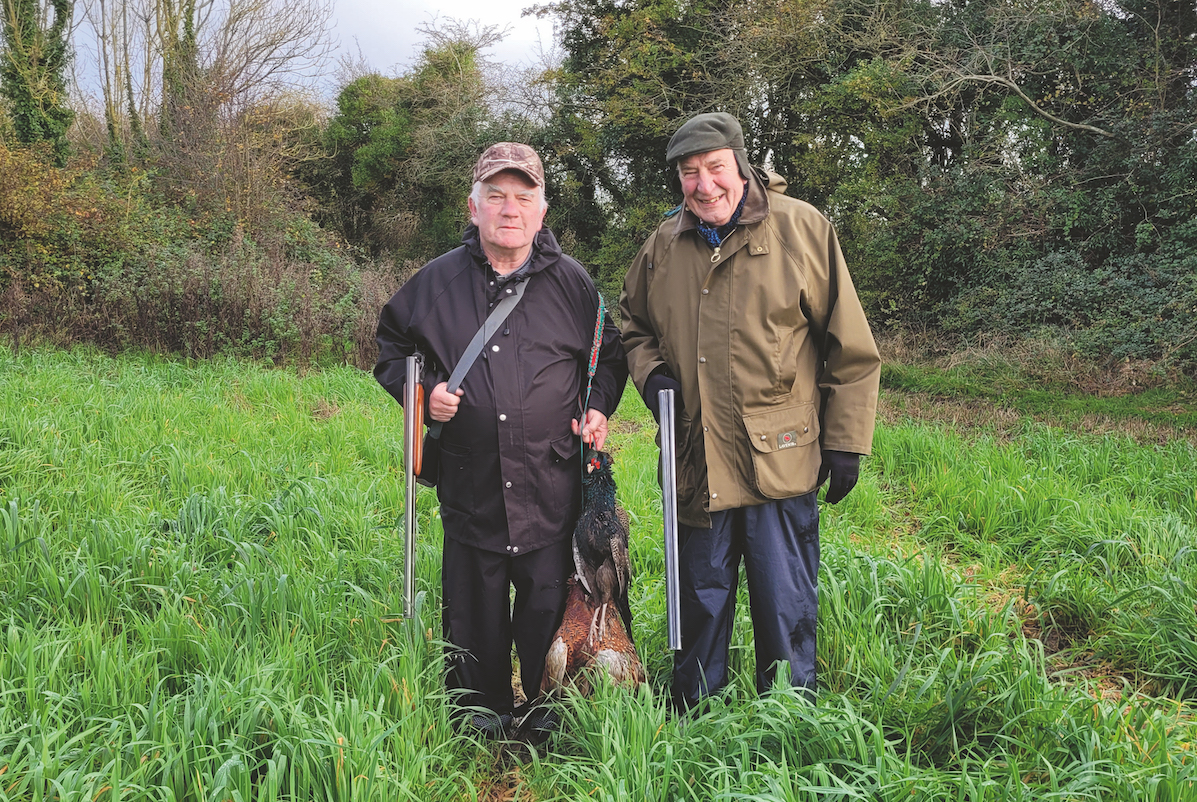Accredited Game Shot: why you should definitely consider becoming one
An online test that qualifies you as an Accredited Game Shot has been toughed up, which is entirely justified, confirms David Tomlinson

The Guide to Good Game Handling contains invaluable advice
Call me old-fashioned, but I’ve long believed that anyone who works their dog on a shoot should have a thorough knowledge of shooting — such as being able to identify the quarry species and aware of the range of a 12-bore. An understanding of the Code of Good Shooting Practice is equally important. These thoughts were prompted by taking the GWCT’s Accredited Game Shot test.
It’s an online exam, with 25 multiple-choice questions. I am a member of the GWCT, but you don’t have to be to take the test.
I first took the test four years ago, but an email from the GWCT prompted me to take it again. The latest version covers such topics as habitat management and predator control, though there’s nothing about gundogs. You are allowed an hour to ponder over the questions as you take the test, but I completed it in a little under nine minutes — when you finish you are told how long you have taken.
More on the Accredited Game Shot test
When I took the test in 2018 I passed with flying colours, though irritatingly I did get one question wrong. This time I got two wrong, but with a score of 88% I still qualified as an accredited Shot, as the pass mark is 80%. In case you’re wondering, the two I failed on were both to do with firing a gun. One was on the legality of shooting close to a road, the other on shooting pheasants with lead close to a Site of Special Scientific Interest (SSSI). As I no longer shoot, I excused myself for my wrong answers.

Everyone involved with shooting should have a basic understanding of the sport
When I took the test the first time, I thought it was rather easy, hence my ire at my one wrong answer. On this occasion I found it more difficult, and there was the odd question that really made me think. I asked a friend who works for the GWCT whether it has been made more testing.
“Yes,” he replied. “I believe the quiz has been sharpened up a bit. Several people said it was too easy before.” It’s certainly not easy now but is, I believe, a fair examination of game-shooting knowledge.
Within a couple of minutes of completing the test I had received an email confirming my score, together with a downloadable certificate that I can now proudly display in my office. In addition, I can also buy for a fiver a rather smart enamel badge, declaring me to be an Accredited Game Shot. Perhaps, as I no longer shoot, I should be an Honorary Accredited Game Shot, but that does rather complicate things.
Though I don’t come from a shooting family, I learned to shoot as a teenager, starting with a .177 air rifle, moving on to a .410 shotgun before graduating to a side-by-side 12-bore, which I still own. I also read avidly about both shooting and hunting, subscribing to Shooting Times when I was 14, and borrowing every shooting book I could from the library. This was coupled with a fascination for the natural world, so by the time I was 19 — when I joined the editorial staff of Shooting Times — I did have a thorough knowledge of not only the sport, but also birds, butterflies and mammals. I have retained most of that knowledge, all these years later, so it would have been worrying if I’d failed the test.
Satisfying
Many people come to working gundogs through an enthusiasm for dogs, often from showing, and have no background in shooting or knowledge of the sport. That’s no bad thing — it’s great to get all the new recruits we can — but I’m convinced that anyone working their dog on a shoot should learn all they can about the sport. That’s not very difficult, as most experienced Guns or pickers-up will be only too pleased to help and advise if asked. Put the effort in and you are sure to get much more out, while a day working your dog will become much more satisfying.
A good starting point for newcomers is BASC’s Gundogs Code of Practice. It covers all the main points anyone working a gundog should be aware of, including dogs at home, in the car, in the field and on the foreshore. Many of the points it raises are simply a matter of common sense, such as not taking a dog to a shoot unless you know it will be welcome, and never tie a dog to yourself or to your equipment.
The Code of Good Shooting Practice has much that may not be significant to gundog handlers but, even so, anyone who works a dog on a shoot should be familiar with all its advice. Even if you have read it, it’s always worth reading again and being reminded of its principles.
From the same website, you can also download the Guide to Good Game Handling. If you are handling a dog on a shoot you are almost certainly going to be handling game. There’s simple advice here, such as not to leave dead birds in heaps, but always lay them separately on their backs. Never forget that the future of our sport depends on getting such details right.








